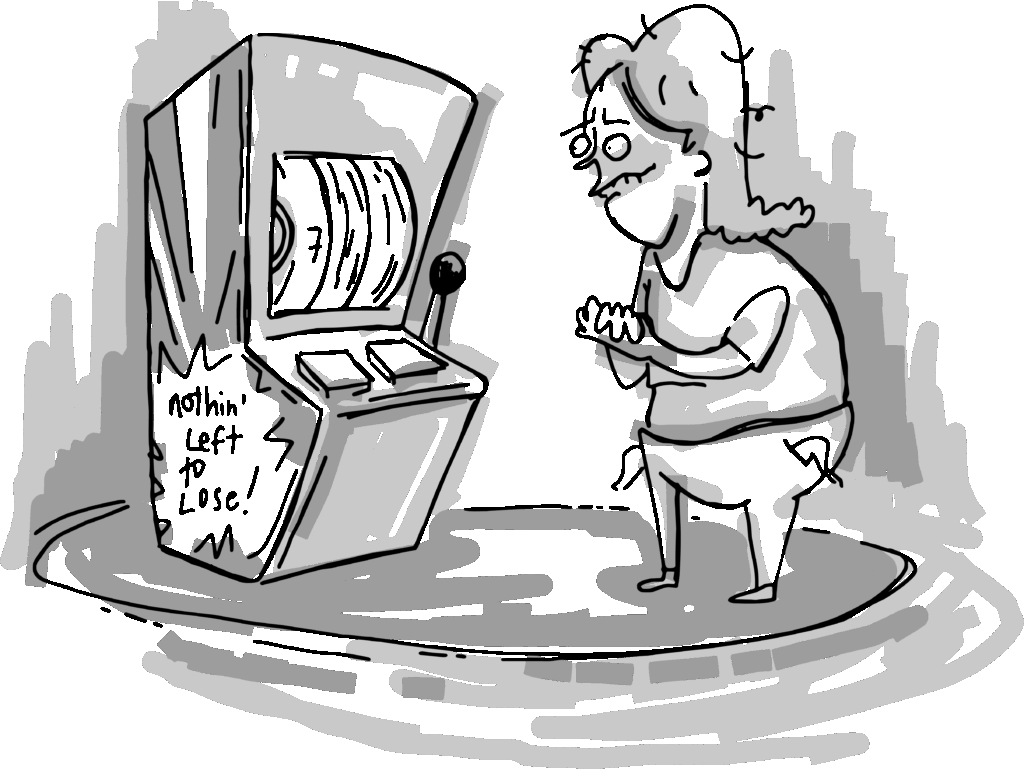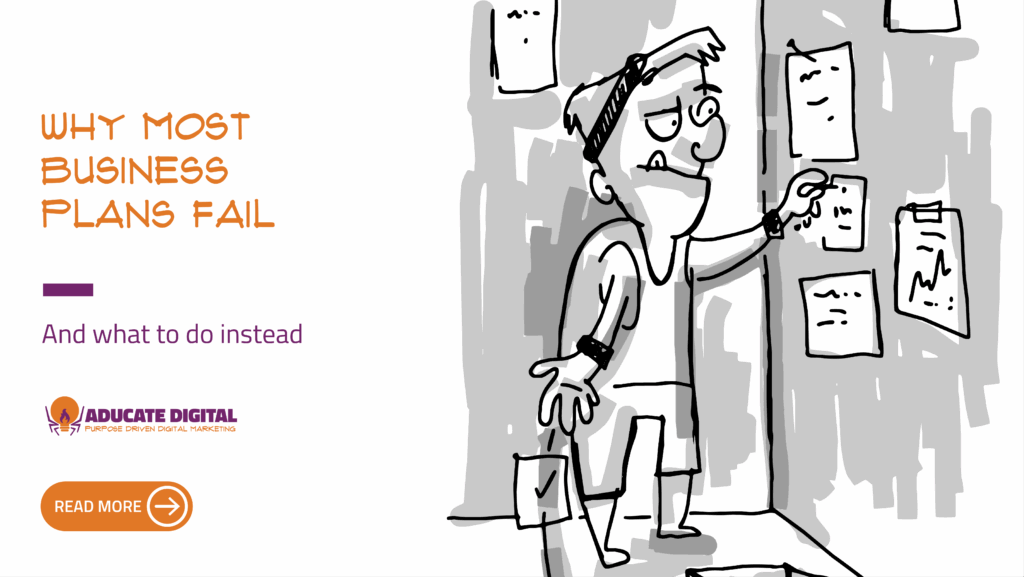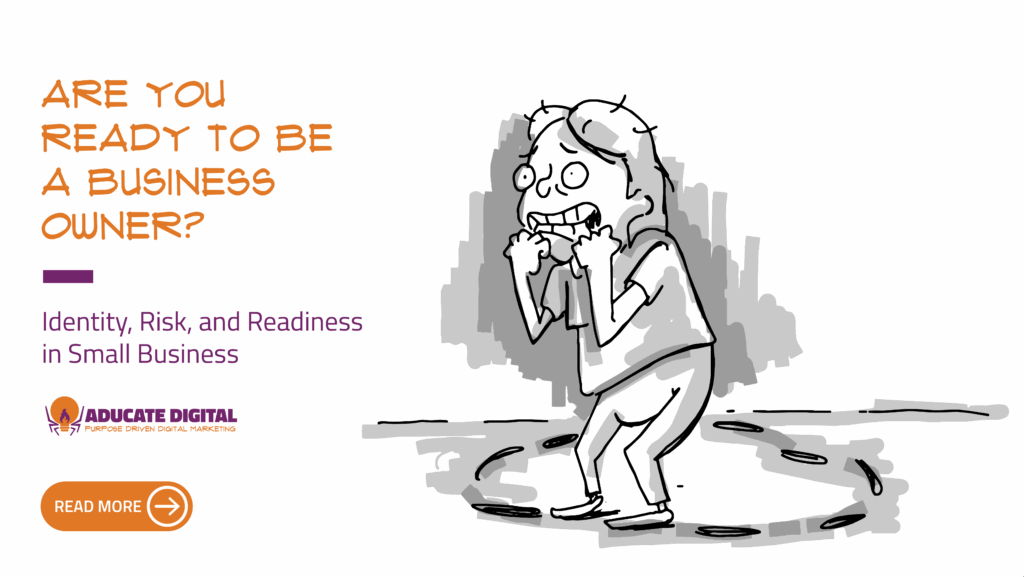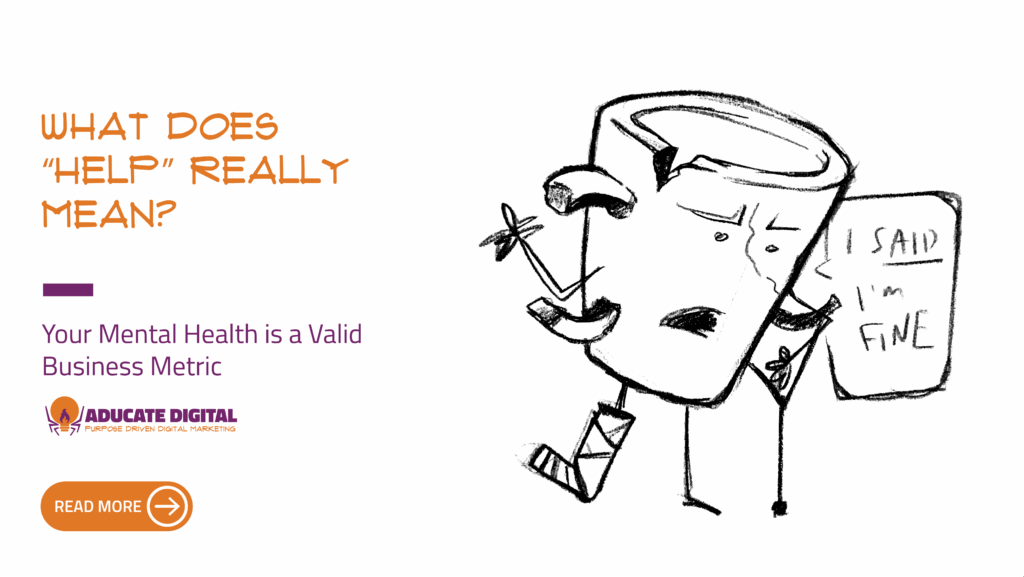
Quick Links
How to Test Your Creative Business Idea
Do You Need to Monetize Your Art or Just Take a Break?
Since the pandemic, we’ve all been sold a dream: be your own boss, work from anywhere, and never answer to a soul. For some, it was liberating. For others, it sparked an identity crisis.
If you’re an artist or creative professional, this pressure to turn a beloved hobby into a business might feel urgent. Like a make-or-break moment. But before you leap, ask yourself:
- Do you truly want to build a business, or are you just burned out from your 9-to-5?
- Would picking up a new hobby give you the creative outlet you crave without the financial risk?
Not every passion needs to be monetized. And if you’re trying to escape a soul-crushing job, remember: office life, while limiting, comes with perks. You get a steady paycheck, healthcare, and the ability to pull back without everything collapsing.
I will always encourage soul-searching to make sure entrepreneurship is your path. If you make through it to the other side and realize there’s a burning passion in you that will not allow you to work for someone else, then let’s talk about what comes next.
The Reality of Building a Creative Business
Building a creative business looks different from what most resources prepare you for. Business planning templates from places like the SBA assume you want to scale, hire employees, and chase aggressive growth. If you just want your art to cover the bills, grow at a sustainable pace, and leave space to create, those resources can feel overwhelming and irrelevant.
Searching for and leaning on these templates make sense when you’re in the exploration phase. You don’t know what you don’t know. And the uncertainty of entrepreneurship can be terrifying, especially when you don’t have a financial cushion. The problem is that these templates are often so vague, you’re left feeling even more confused. And this new level of uncertainty leads to a paralyzing dread.
I’m here to tell you that the antidote is not a perfect plan. It’s a stress test.
Stress-testing your idea means grounding yourself with tools that give you clarity without boxing you in. Tools like a time tracker or a P&L statement can sound intimidating, but they’re simply frameworks that turn assumptions into reality.
For example, a P&L (Profit & Loss) statement is a basic financial snapshot of your business. It helps you understand what’s left after subtracting your costs from your income.
A P&L is essential because its grounded data. The stories we tell ourselves about “what could work” often sound great, until we see the math. A P&L pulls those stories into the real world. It answers: If I take on this project, will I actually make money? Or am I paying to work?
Other tools, like time trackers, help you see if your plan fits your actual life. You might think you can spend 20 hours a week creating. But after gigs, admin tasks, and family responsibilities, that might shrink to 6. Reality checks like this are not fun, but they’re freeing. They help you take calculated risks instead of taking blind leaps.
If you haven’t yet explored your motivation for starting a business, go read our post on Finding Your Why first. Your why is your anchor when the excitement fades. But once you’re clear on that, stress testing is your bridge between vision and reality.
Why Stress Testing Builds Confidence (Even Without All the Answers)
There’s a misconception that confidence comes from certainty. In reality, confidence comes from clarity. You don’t have to know everything to start, but you do need enough information to make your next move with intention.
Stress testing your idea does two important things:
- It makes failure feel less fatal. You’re no longer betting everything on one big launch. Instead, you’re running small, reversible experiments.
- It turns vague dreams into data. Instead of wondering if this could work, you have real numbers and timelines to guide you.
The goal isn’t to eliminate all risk. That’s impossible. The goal is to accept the unknowns while still moving forward in a grounded, sustainable way.
Build Your Own Accountability Framework
Instead of a rigid plan, think of this as your accountability toolkit. This is a simple system that keeps you aligned without stifling creativity. We recommend combining some version of these tools:
1. The Sustainability Check
Use a quick color-coded system for every project:
- Green: Fits your budget + builds audience + energizes you.
- Yellow: Builds audience but drains finances (or vice versa). Proceed with caution.
- Red: Drains both money and energy. Stop.
Write this on a sticky note and keep it near your workspace.
2. The Mini P&L Snapshot
Track income and expenses for one project at a time. Start small:
- Revenue: $___
- Materials/Tools: $___
- Other Costs (ads, shipping): $___
- Profit/Loss: Revenue – Costs = $___
This is your reality check before you take on another gig or launch a product.
3. The Time Tracker
Log your hours for one week. How much time do you realistically have for creative work, admin tasks, and marketing? If you have 6 hours a week, plan for that, not for 20.
4. Reflection Prompts for Clarity
- If I had 10 hours a week for my business, where would they go?
- What’s the minimum I need to earn to feel stable?
- If I said yes to every creative urge, what would that cost me, in money, time, and energy?
5. Weekly and Monthly Check-Ins
Numbers are great, but they’re only part of the story. Get in the habit of grounding the data in moments of reflection:
Ask:
- Did I hit my creative and financial goals this week?
- Which projects stayed green? Which drifted into yellow or red?
- Do I still love what I’m building, or does something need to shift?
Bottom Line: Your Art Deserves More Than a Make-or-Break Moment
You don’t need to risk everything to prove you’re serious. Start small. Stress test your ideas by building your own accountability system.
There will never be a perfect time, but you can create a framework that keeps your art alive without sacrificing your sanity. That’s pragmatic optimism in action.
Want More Tools Like This?
Sign up for Aducate Digital’s newsletter. We’re building frameworks designed for creatives like you: practical, human, and built for sustainability.
Explore More Business Growth Tools
- Why Most Business Plans Fail (And What to Do Instead)Most business plans look great on paper but fall apart in practice. This post explores why they fail, why generic checklists don’t work, and how the Grounding Map helps small business owners replace overwhelm with clarity, one actionable step at a time.
- Am I Ready to be a Business Owner?Many new entrepreneurs already have the skills to succeed, but struggle with identity. This post explores how risk, resistance, and readiness shape your journey into business ownership. It also offers prompts to help you see if you’re truly ready.
- Your Mental Health is a Valid Business MetricMission-driven entrepreneurs often build businesses to help others. But what does “help” mean if you’re too exhausted to sustain it? By treating mental health as a valid metric, you can design a business that protects your energy and creates meaningful, long-term impact.



